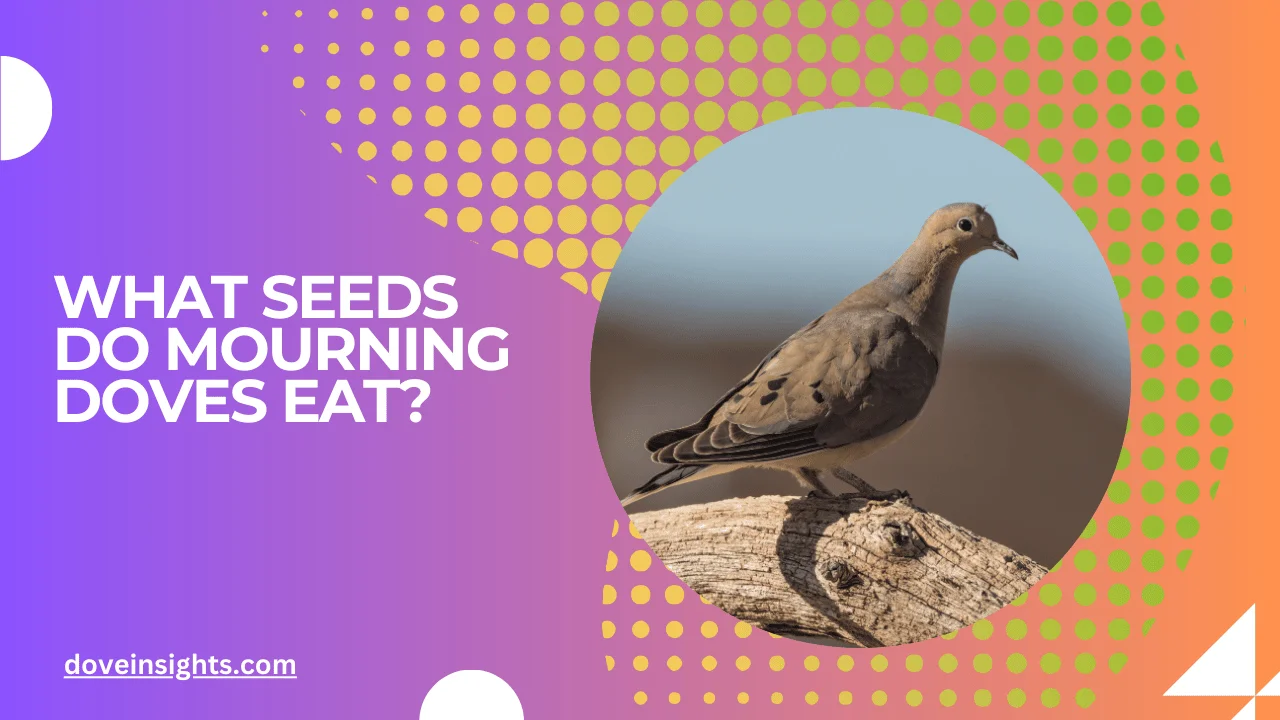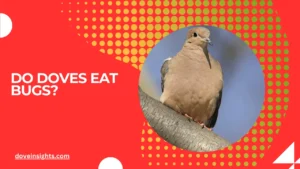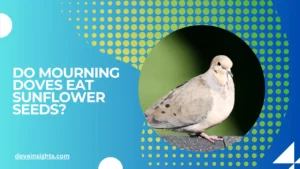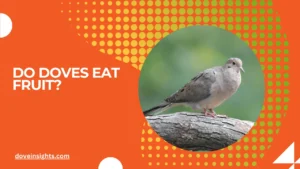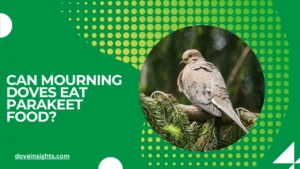Have you ever paused to watch a mourning dove feeding in your backyard or at a park?
Their serene demeanor and rhythmic pecking at seeds are a calming sight. But have you ever wondered, what seeds do mourning doves actually eat, and why does it matter?
Understanding their diet not only deepens our appreciation for these gentle birds but also highlights their critical role in ecosystems and their interaction with humans.
Mourning doves are among the most abundant bird species in North America, thriving in urban, suburban, and rural settings alike. Their dietary preferences make them both opportunistic feeders and essential contributors to seed dispersal.
As they forage, mourning doves become part of a larger ecological narrative, influencing plant growth, sustaining predators, and adapting to changing environments.
This article delves into the specifics of what seeds mourning doves eat, the biological adaptations that support their diet, and the broader ecological and cultural implications of their feeding habits.
By understanding their preferences and behaviors, you’ll gain insights into how to attract these birds to your yard, support their populations, and appreciate their subtle yet profound impact on the world around us.
Contents
The Natural Diet of Mourning Doves
Mourning doves are primarily granivorous, meaning their diet consists largely of seeds. They have a remarkable preference for small, easily digestible seeds, which they forage from the ground. Commonly consumed seeds include millet, sunflower seeds, safflower seeds, and grains like corn and wheat.
In the wild, mourning doves rely on a diverse array of native plant seeds, such as those from grasses and weeds. Their keen eyesight helps them spot food in open areas, and their strong beaks allow them to crack open tough seed shells. This adaptability makes them highly efficient foragers in various environments.
The gizzard, a specialized digestive organ in mourning doves, plays a crucial role in grinding seeds into digestible particles. Paired with their ability to store seeds in their crop—a pouch-like structure—mourning doves can efficiently consume and process large amounts of food quickly, minimizing their exposure to predators.
Seeds in Urban and Backyard Settings
Mourning doves have adapted remarkably well to urban and suburban environments, often frequenting bird feeders and lawns. Backyard bird feeders filled with mixed seeds, millet, and cracked corn are a favorite spot for these birds.
In these settings, they often compete with other bird species like sparrows and finches, but their gentle nature and feeding habits ensure they coexist peacefully.
To attract mourning doves to your yard, providing platform feeders or ground-feeding trays is most effective, as these birds prefer eating on flat surfaces.
It’s important to note that while mourning doves are adaptable, providing them with clean and high-quality seeds is crucial. Moldy or spoiled food can harm their health.
Offering water alongside seeds also enhances their habitat, making your yard a haven for these birds.
The Role of Mourning Doves in Seed Dispersal
Mourning doves play a vital role in their ecosystems as seed dispersers. As they consume seeds, some pass through their digestive system intact, helping plants spread and germinate in new areas. This natural process contributes to the regeneration of native vegetation, supporting the biodiversity of their habitats.
In agricultural regions, their feeding habits can sometimes lead to conflicts with farmers, as they consume grains and seeds intended for crops. However, their overall contribution to maintaining balanced ecosystems far outweighs the occasional disruption.
By dispersing seeds, mourning doves also provide food sources for other wildlife, creating a ripple effect that benefits the entire food chain. Their role highlights the interconnectedness of species and the importance of preserving their habitats.
Seeds to Avoid Feeding Mourning Doves
While mourning doves are not particularly picky eaters, certain seeds and foods can be harmful to them. Avoid offering seeds treated with pesticides or chemicals, as these can lead to poisoning or long-term health issues. Similarly, large, hard seeds that they cannot easily digest should be avoided.
Many people unknowingly provide bread or processed foods, which are nutritionally inadequate for mourning doves and can lead to malnutrition. Ensuring their diet remains natural and varied is key to their health and longevity.
For those feeding mourning doves, understanding their nutritional needs is essential. Stick to providing seeds that mimic their natural diet and avoid anything that could harm their delicate digestive systems.
Why Mourning Dove Diets Matter
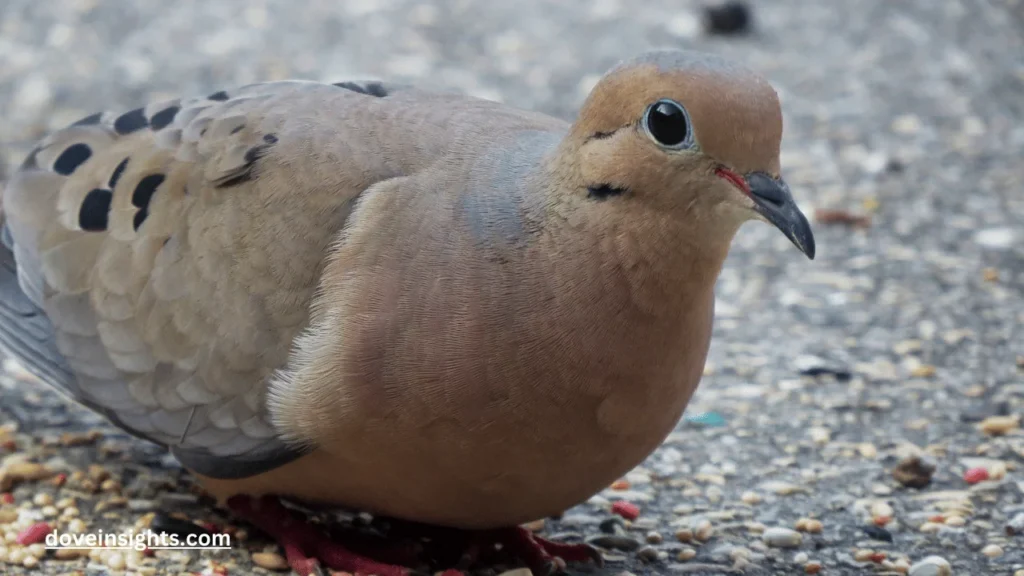
The diet of mourning doves offers a window into the health of local ecosystems. Their reliance on seeds reflects the availability and diversity of plant life in an area, serving as an indicator of ecological balance. In environments where native plants thrive, mourning doves flourish, signaling a healthy habitat.
For bird enthusiasts and conservationists, understanding the dietary habits of mourning doves can guide efforts to protect their populations.
By planting native vegetation and offering appropriate seeds, humans can create environments that support not only mourning doves but also the broader ecosystem.
Listening to their calls while observing their feeding habits fosters a deeper connection to nature, reminding us of the intricate relationships between species and their environments.
Supporting mourning doves through mindful feeding practices contributes to their survival and enriches our shared spaces.
Conclusion
Mourning doves’ seed preferences go beyond mere sustenance; they reveal insights into their biology, behaviors, and role in the natural world. From their granivorous diets to their adaptability in urban settings, these gentle birds demonstrate resilience and ecological importance.
By understanding what seeds mourning doves eat, we can better appreciate their contribution to seed dispersal, biodiversity, and environmental health.
Providing appropriate food sources and protecting their habitats not only supports these birds but also fosters a greater sense of connection with nature.
Whether you’re a seasoned birdwatcher or a curious observer, the feeding habits of mourning doves remind us of the delicate balance of ecosystems and the vital role we play in preserving them. Let their presence inspire actions that protect and celebrate the natural world
FAQ’s
What seeds do mourning doves prefer?
Mourning doves prefer small seeds like millet, sunflower seeds, safflower seeds, and cracked corn.
Can mourning doves eat larger seeds?
While they can crack open some larger seeds, they prefer smaller, easily digestible seeds due to their physical limitations.
Is it safe to feed mourning doves store-bought bird seed?
Yes, as long as it is clean, fresh, and free of mold or chemicals.
What should I avoid feeding mourning doves?
Avoid bread, processed foods, and seeds treated with pesticides or chemicals.
How do mourning doves benefit the ecosystem?
They act as seed dispersers, aiding in plant regeneration and supporting biodiversity.
Do mourning doves eat insects or worms?
While their diet is primarily seeds, they may occasionally consume small insects or snails for added nutrients.

